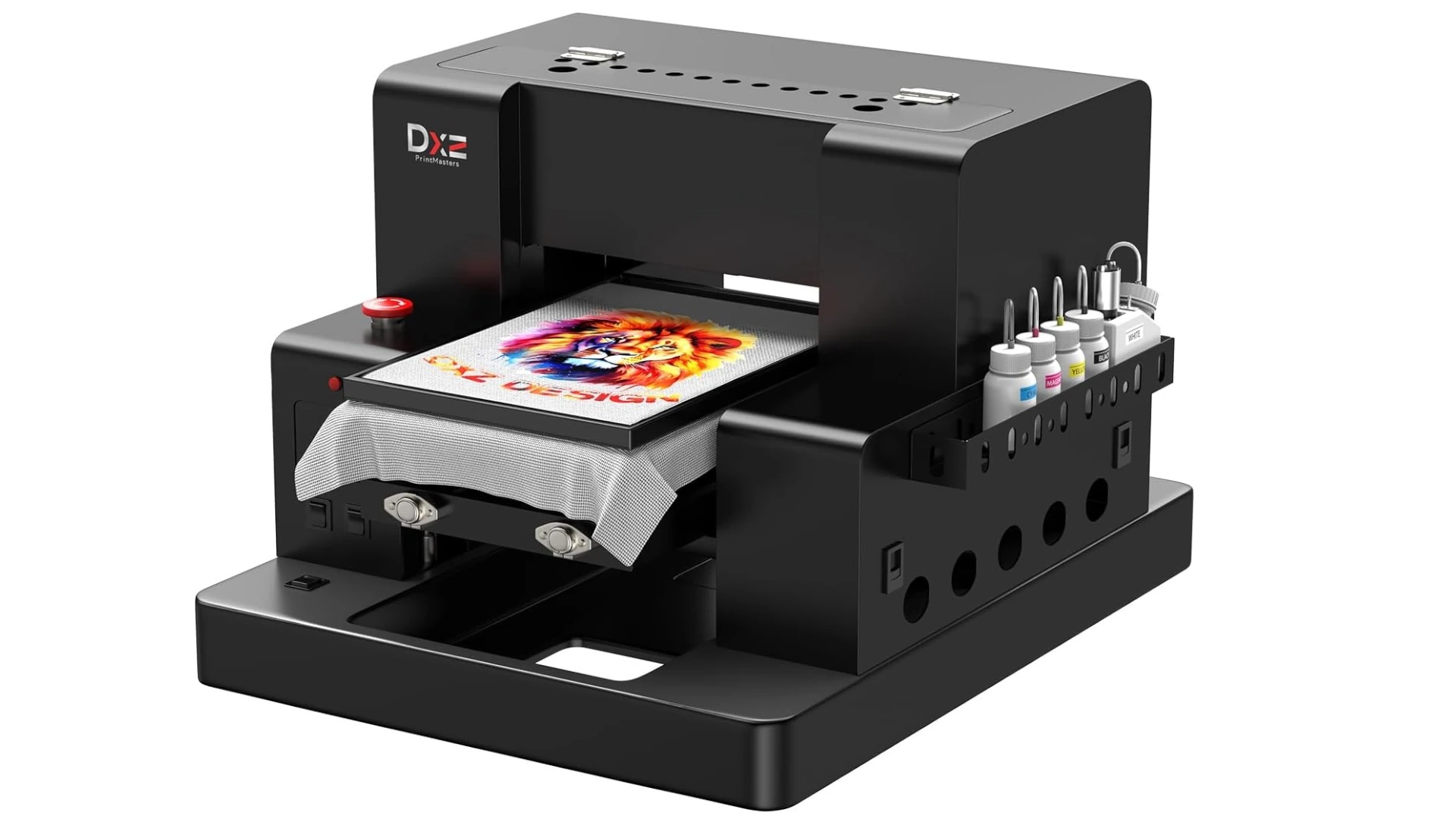In recent years, the world of textile and apparel printing has undergone a significant transformation, thanks to innovative technologies like DTF (Direct to Film) printing. dtf printing are becoming a popular choice for small businesses, hobbyists, and large-scale custom print operations because of their versatility, cost-effectiveness, and ease of use.
What is a DTF Printer?
A DTF printer is a specialized digital printing device that prints designs directly onto a film, which is then transferred onto fabric using heat and pressure. Unlike traditional printing methods such as screen printing or even DTG (Direct to Garment) printing, DTF printing doesn’t require pre-treatment of fabrics and works well with a wide range of materials, including cotton, polyester, blends, leather, and more.
How DTF Printing Works
The DTF process is relatively straightforward:
-
Design Creation: Artwork is created or imported into a design software compatible with the DTF printer.
-
Printing on Film: The design is printed onto a special PET (polyethylene terephthalate) film using a DTF printer. A layer of white ink is applied to the back of the colored design to act as an underbase.
-
Powder Application: A special hot-melt adhesive powder is applied to the printed film while the ink is still wet. The excess powder is then shaken off.
-
Curing: The film is heated (usually using a curing oven or heat press) to melt the powder, which creates an adhesive layer.
-
Transfer: The film is placed onto the fabric and pressed using a heat press. The design adheres to the fabric when heat and pressure are applied.
-
Peeling: After cooling for a few seconds, the film is peeled away, leaving the vibrant design bonded to the fabric.
Advantages of DTF Printing
-
Versatility: DTF printers can transfer prints onto a wide variety of fabrics, including non-cotton materials.
-
Cost-Effective: There is no need for pre-treatment, reducing labor and material costs.
-
High-Quality Prints: Produces vibrant, durable, and detailed prints with strong adhesion and flexibility.
-
Small Runs Friendly: Ideal for on-demand or small-batch printing, making it great for custom t-shirt businesses.
-
Low Maintenance: Compared to DTG printers, DTF printers typically require less maintenance and are easier to operate.
Challenges and Considerations
-
Initial Setup Cost: Though generally more affordable than DTG setups, quality DTF printers still represent a notable investment.
-
Handling Film and Powder: The powder application and curing process requires a clean environment to avoid contamination.
-
Learning Curve: Users must learn proper temperature, pressure, and peeling times to ensure optimal transfer quality.
Ideal Users for DTF Printing
DTF printing is an excellent solution for:
-
Custom apparel businesses
-
Print-on-demand companies
-
Hobbyists and crafters
-
Promotional merchandise creators
Conclusion
DTF printers are quickly gaining ground as a go-to solution for modern textile printing. Their ability to produce high-quality prints on various materials without extensive preparation makes them a game-changer for the custom apparel industry. Whether you’re starting a new business or looking to expand your current capabilities, investing in a DTF printer could be a smart move toward future-ready printing.
